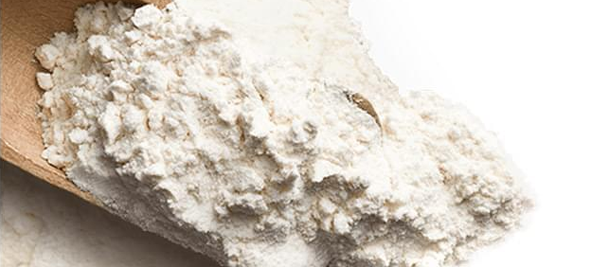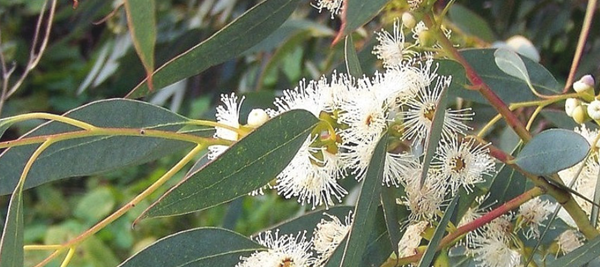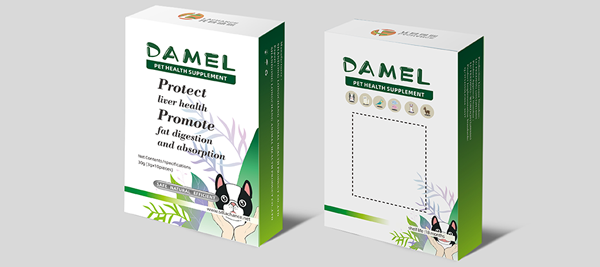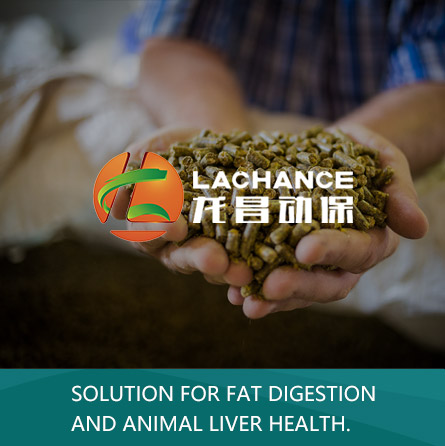The Necessity of Using Bile Acids in Shrimp
In recent years, the outbreak of diseases such as early death syndrome (EMS), EHP, and AHPND in shrimp has had a significant impact on the entire shrimp farming industry, causing huge losses and posing unprecedented challenges to healthy shrimp farming.
Hepatopancreas is one of the most important organs in shrimp, evolved from the midgut and composed of branched hepatic ducts. The hepatic ducts are composed of hepatic tubules, which are composed of various liver cells; Under a microscope, the liver tubules and various cells can be clearly seen. If the liver is damaged, the liver cells will appear fragmented and the liver tubules will be hollow; The function of the hepatopancreas is to secrete digestive enzymes and absorb and store nutrients. At the same time, the hepatopancreas has detoxification function, defensive functions, and can produce coagulation factors, metabolize various vitamins, fats, proteins, and hormones; Damage to the hepatopancreas can lead to systemic organ failure in shrimp, ultimately leading to death. Once early death syndrome occurs in shrimp, there are basically varying degrees of hepatopancreas lesions. The essential reason is the decrease in shrimp resistance and weak anti-stress ability.
With the intensification of environmental pollution, there are more and more toxic substances in water bodies (such as heavy metals, ammonia nitrogen, residues of pond cleaning disinfectants, etc.). The hepatopancreas of shrimp is constantly poisoned by these toxic substances, leading to damage. After the hepatopancreas are damaged, the various functions begin to decline, leading to poor digestion ability, waste of feed nutrients, and a higher feed coefficient, leading to an increase in the symptoms of shrimp soft shells; In addition, the immune system of shrimp decreases, leading to a decrease in physical fitness and disease resistance. It is more susceptible to environmental influences and experiencing stress. Appetite decreases significantly, and Vibrio and viruses seize the opportunity to attack, leading to the onset of disease in shrimp.
The incidence of shrimp disease is mainly determined by the environment, pathogens, and their own resistance. These three factors affect and constrain each other. Currently, the aquaculture environment is becoming increasingly harsh, with more and more pathogens and stronger drug resistance. Therefore, improving the shrimp's own resistance can reduce the incidence of shrimp disease. Therefore, how to protect the hepatopancreas of shrimp has become an important link in the success of shrimp farming.

At this point, the intake of exogenous bile acids can bind or decompose endotoxins in the intestine, prevent endotoxins from entering the liver through the intestinal mucosal barrier through the portal vein, reduce intestinal absorption of endotoxins, and prevent the harm of endotoxins to the intestine, liver, and even the entire shrimp. In addition, bile acids also contribute to the emulsification of fats, enhance the lipolysis of the pancreas, and improve the solubility of lipids by forming mixed colloidal particles, promoting the absorption of lipids by the intestine. Because shrimp do not secrete bile acids by themselves, they must be supplemented from the outside. If the bile acid content in shrimp is insufficient, it can cause digestive disorders, leading to a series of liver and pancreatic problems. Therefore, the supplementation of exogenous bile acids is urgent and necessary.










